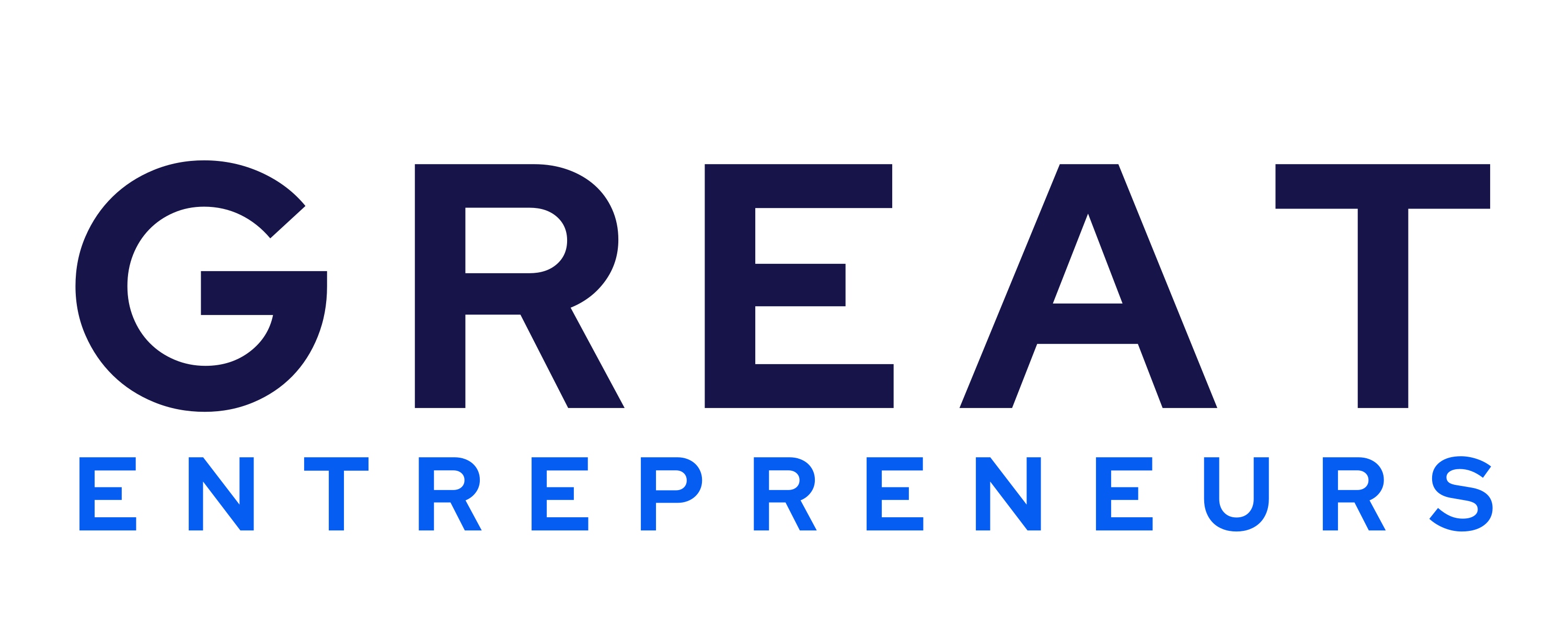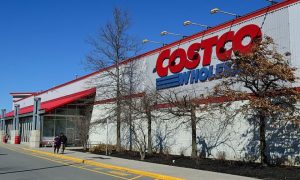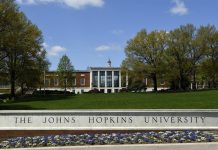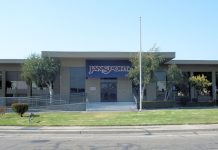American mega-chain Costco comes from humble roots, and though it started as a simple warehouse, it has expanded into an empire despite an unconventional business model.
Founded in 1976 as Price Club, Costco’s very first location was in a San Diego airplane hangar converted into a warehouse. This location is known as Costco Warehouse #401 and is still in operation to this day. Founder Sol Price used no-frills settings like these to sell wholesale items in bulk at a discounted price to small business owners. The low prices made up for the lack of in-store ambiance, and a membership fee kept consumers riveted by this seemingly exclusive experience. Price Club continued to expand, and in 1983 Price’s protégé, Jim Sinegal, used the Price Club model to open his own store in Seattle – the first-ever Costco.
Just two years later the company went public. And two years after that, in 1987, Costco reached $1 billion in sales, according to Seattle Business. Its growth continued exponentially, and Costco became the first company to go from zero to $3 billion in sales just six years after going public. On its tenth anniversary in 1993, Costco announced that they were merging with Price Club. Together, the two brands did $16 billion in sales that year.
Costco’s success story flies in the face of other marketing-heavy brands that choose to focus their efforts on lavish in-store experiences. Today, Costco ranks 11th on the Fortune 500, and its annual revenue is $195 billion. As one of the largest companies in the world, Costco has more than 800 locations in 12 countries, including Japan, Australia, Taiwan, Spain, France, and China. Its advertising budget is famously frugal, and Costco chooses to spend its money on facets other than marketing, like employee wages and price cuts. Costco also continues the tradition of venues made from converted warehouses. Additionally, it saves money by picking and choosing inventory in bulk – while supermarkets typically have 30,000 stock-keeping units (SKUs), Costco has just 4,000.




















